12 Tips to Avoid Knee Pain While Gardening
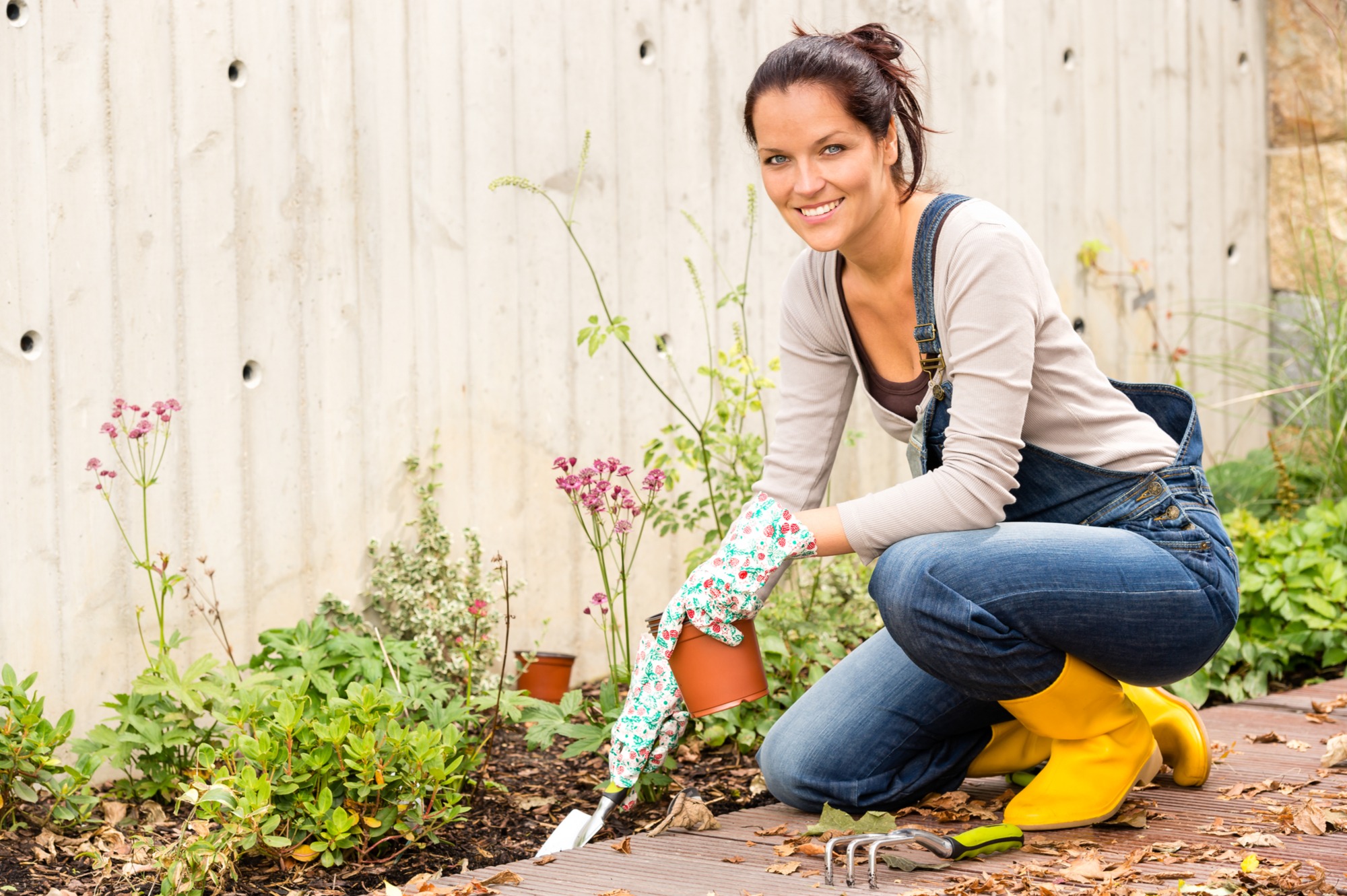
Knee pain can be caused by injury, arthritis and other causes of inflammation, reduced cartilage from years of wear and tear, bursitis and repetitive movements. Some people begin to notice chronic knee pain as they age, while others have dealt with bad knees most of their lives. Whatever the reason your knees hurt and however long you have dealt with the pain, if you are one of the many who are living with knee issues, you know just how difficult it can be to complete everyday tasks.
To help you manage your knee pain without giving up gardening, here are 12 tips to avoid gardening knee pain.
Remember: Always talk to your doctor before trying any new health supplements or tips for reducing knee pain. You should also talk to your doctor if you have undiagnosed knee pain or if you experience new pain or stiffness.
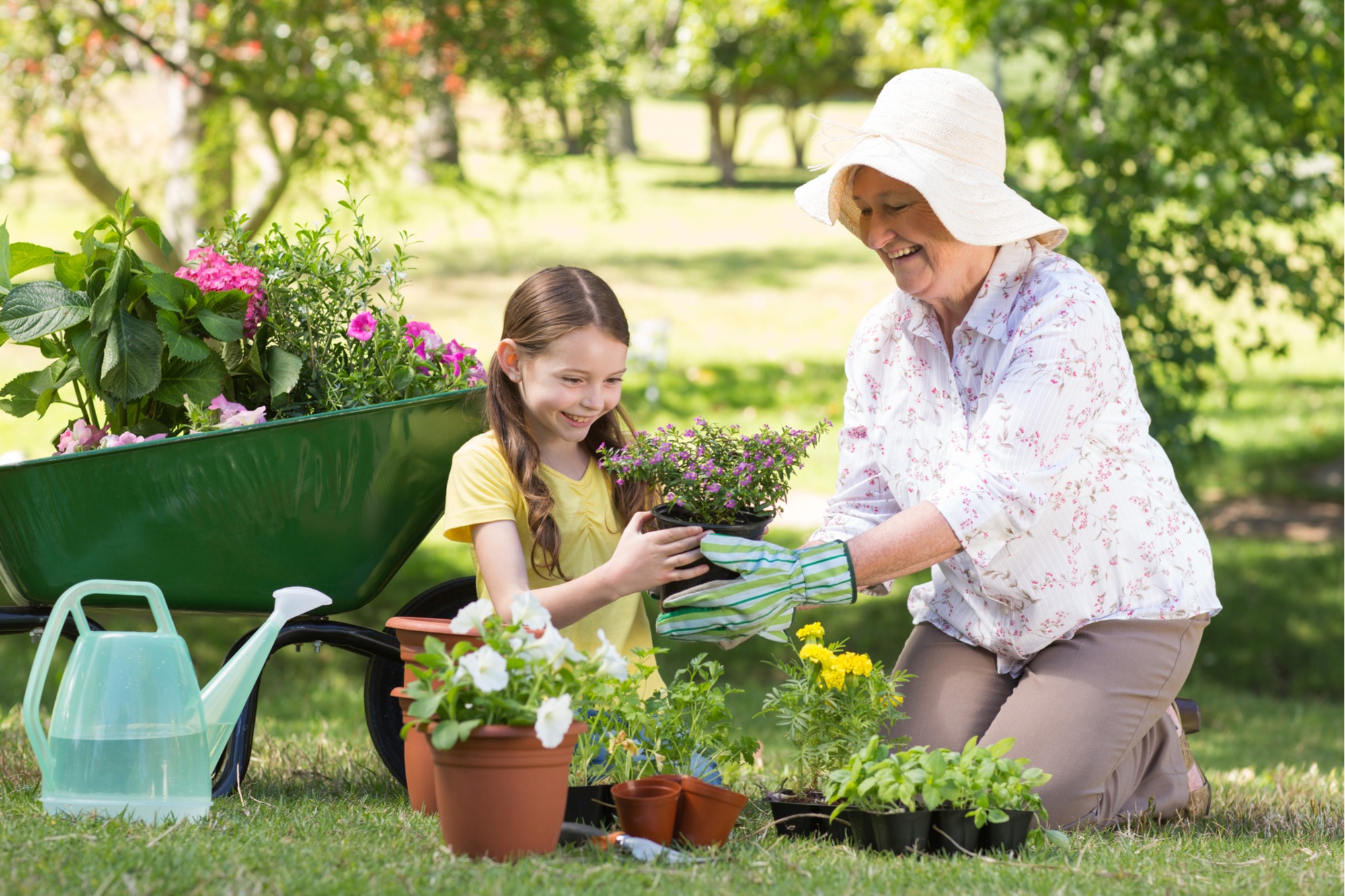
1. Warm up before gardening.
Gardening can involve muscles you may not use much in other areas of your life and can be more of a workout than some folks think. Any time you are going to partake in potentially strenuous, physical activity, it is best to stretch and warm up before you begin. Warming up can be as simple as taking a 10-minute walk followed by a few stretches. Taking the time to do this before gardening can help you reduce the potential for pain during or after you finish your yard care tasks.
2. Wear a knee brace.
Knee braces come in various levels of support, which allows you to find a brace that provides the balance between mobility and knee support you need. Wearing a knee brace whenever you perform physical activities, including gardening, can reduce knee pain.
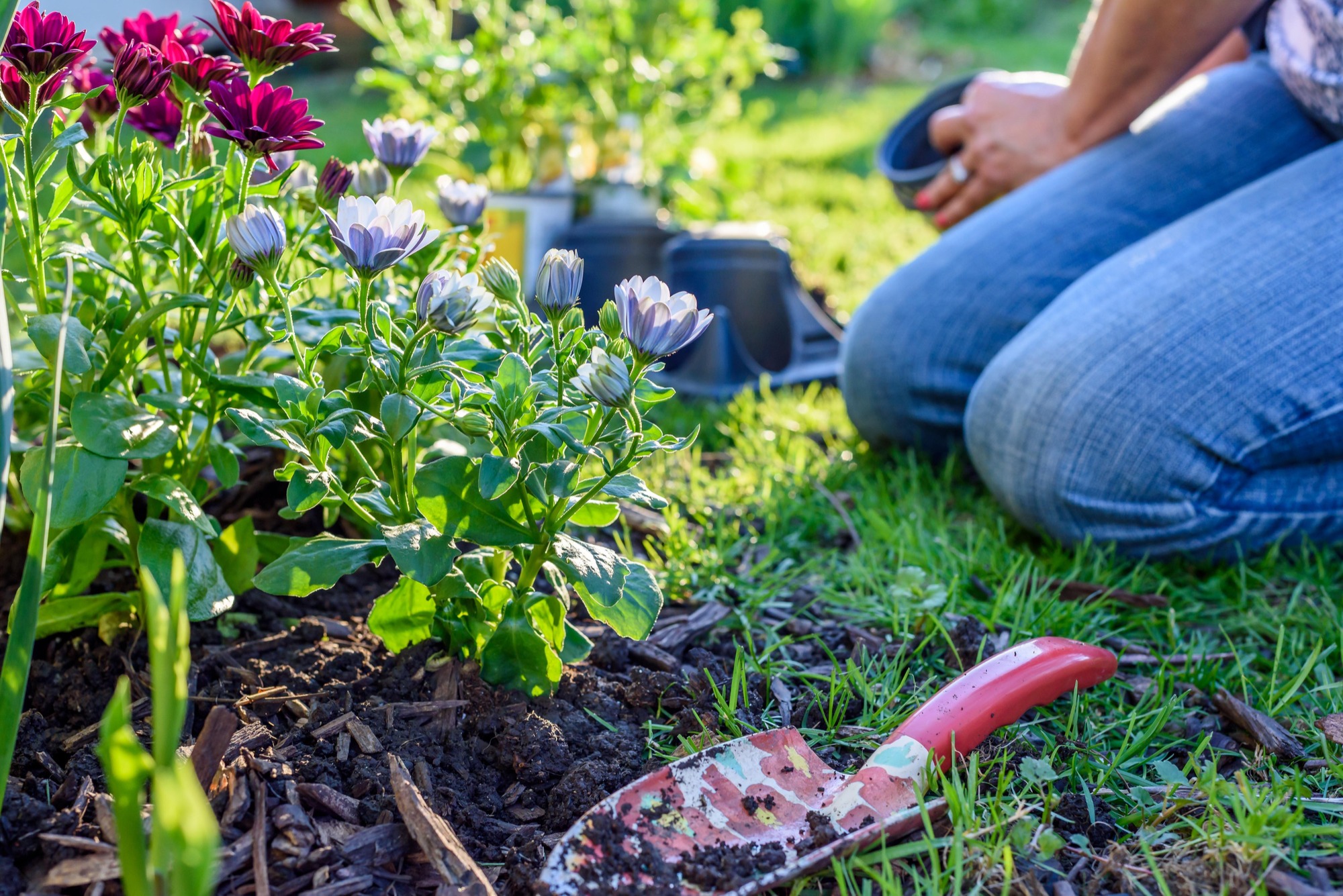
3. Wear good shoes.
If you have bad knees, you already know the difference shoes can make in your mobility and level of pain. Unsupportive shoes, such as flip flops or sandals, do not provide enough stability to support your knees and can make your knee pain worse. Wear comfortable shoes that provide stability and support while keeping your ankles and knees properly aligned.
4. Use long-handled gardening tools.
Long-handled gardening tools allow you to perform necessary tasks without squatting, stooping or kneeling – all of which can increase knee pain while gardening. Performing tasks from an upright position can help you keep your joints properly aligned to reduce pain.
5. Set up a standing work station.
To avoid unnecessary squatting and kneeling, set up a standing work station that allows you to perform at least some tasks in an upright position. For example, a potting bench allows you to plant and transplant your flowers or vegetables without squatting or kneeling on the ground.
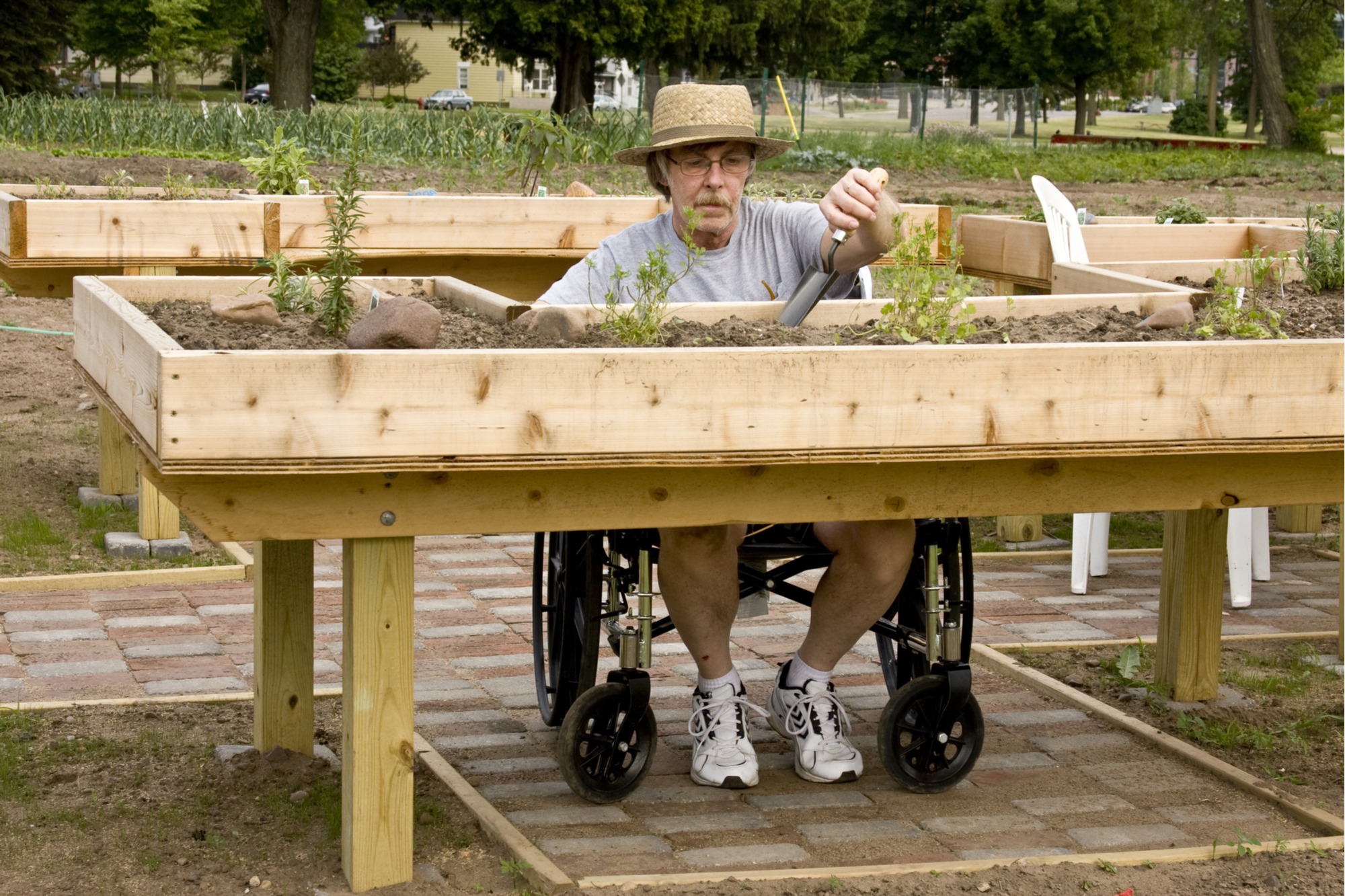
6. Install raised garden beds.
Another way to avoid too much squatting, kneeling and stooping while gardening is to install raised garden beds. Taller garden beds allow you to plant, prune, weed, and fertilize your plants or flowers while standing or sitting at chair height. Building the beds to a height that is somewhere between the middle of your thigh and your hip works for most people. Make sure you can access the bed from all sides to avoid leaning to reach plants across the bed.
Alternatively, you can also use window boxes or hanging planters to have a garden that allows you to stand while you work.
7. Stay fit.
Many people experience less knee pain after losing weight, so using diet and low-impact exercises to manage your weight may help you avoid knee pain while gardening. You may also want to talk to your doctor about particular exercises that can strengthen your legs to better support your knees and take some of the strain off of your joints. While you are discussing leg-strengthening exercises, be sure to ask about knee exercises or stretches that can help strengthen your knees or improve your flexibility.
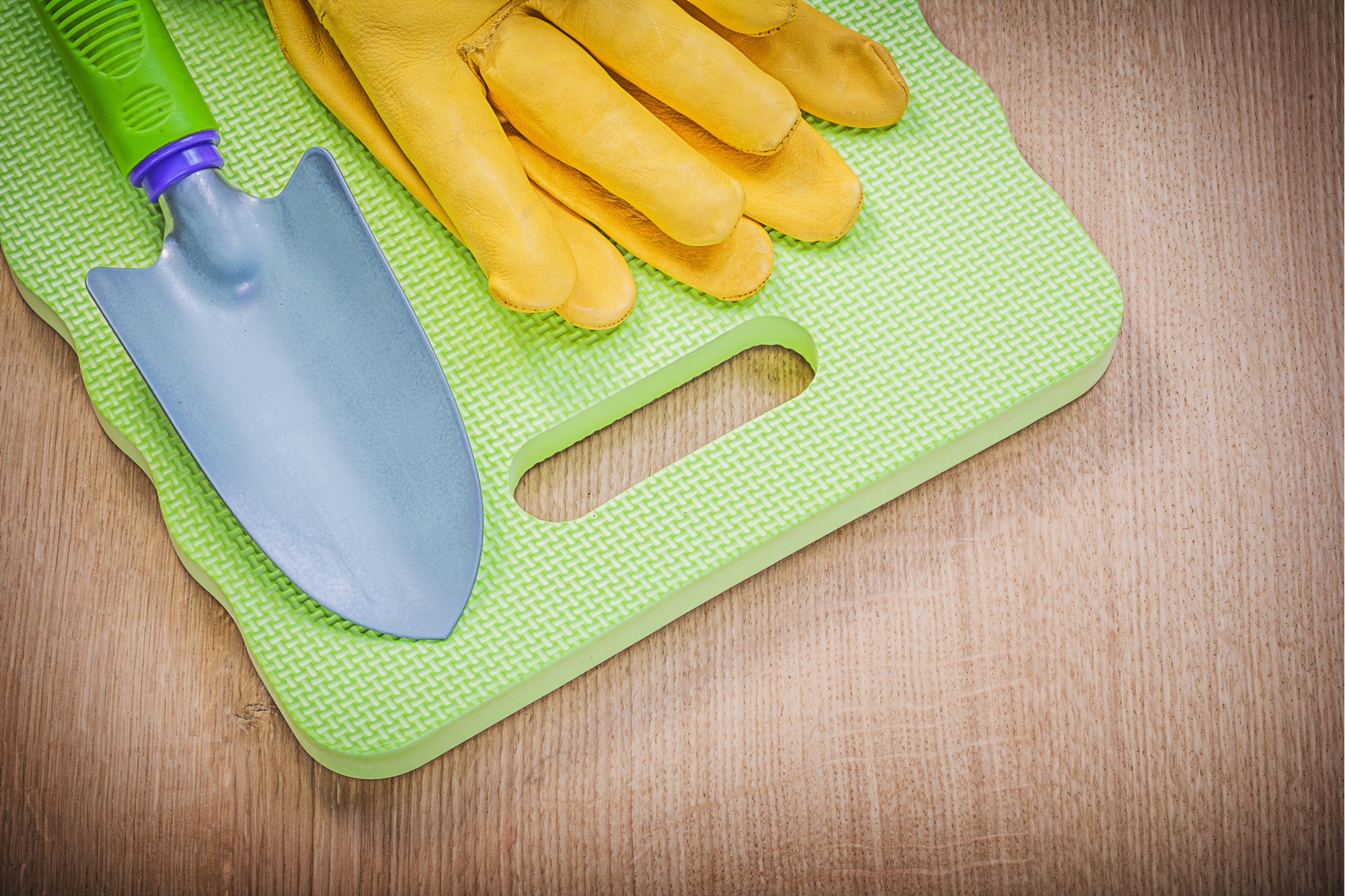
8. Get knee pads, knee cushions, a garden kneeler or a gardening bench.
Knee pads and knee cushions are specifically designed to reduce knee pain while providing a cushion for your knees while performing kneeling tasks. Garden kneelers function in much the same way, but they generally have handles that can be used as supports when you go from a kneeling position to a standing position. Additionally, kneelers can usually be flipped over for those supports to become legs, transforming the kneeling cushion into a padded bench you can use while performing seated tasks.
Gardening benches are also used for performing seated tasks in comfort and help you avoid squatting. Some have wheels that allow you to remain seated as you roll down your work area without having to repeatedly stand up and sit down. Reducing the number of times you bend your knees to go from standing to a sitting position and back to a standing position can help you avoid knee pain while gardening.
9. Change positions frequently.
When you do have to kneel to perform gardening tasks, change positions frequently to avoid stressing your knees any more than necessary. For example, if you kneel on one knee at a time, it allows you to distribute some of your weight on your other foot to keep that weight off of your knee. Changing from one knee to the other while kneeling also gives each knee a break and reduce knee pain while gardening.
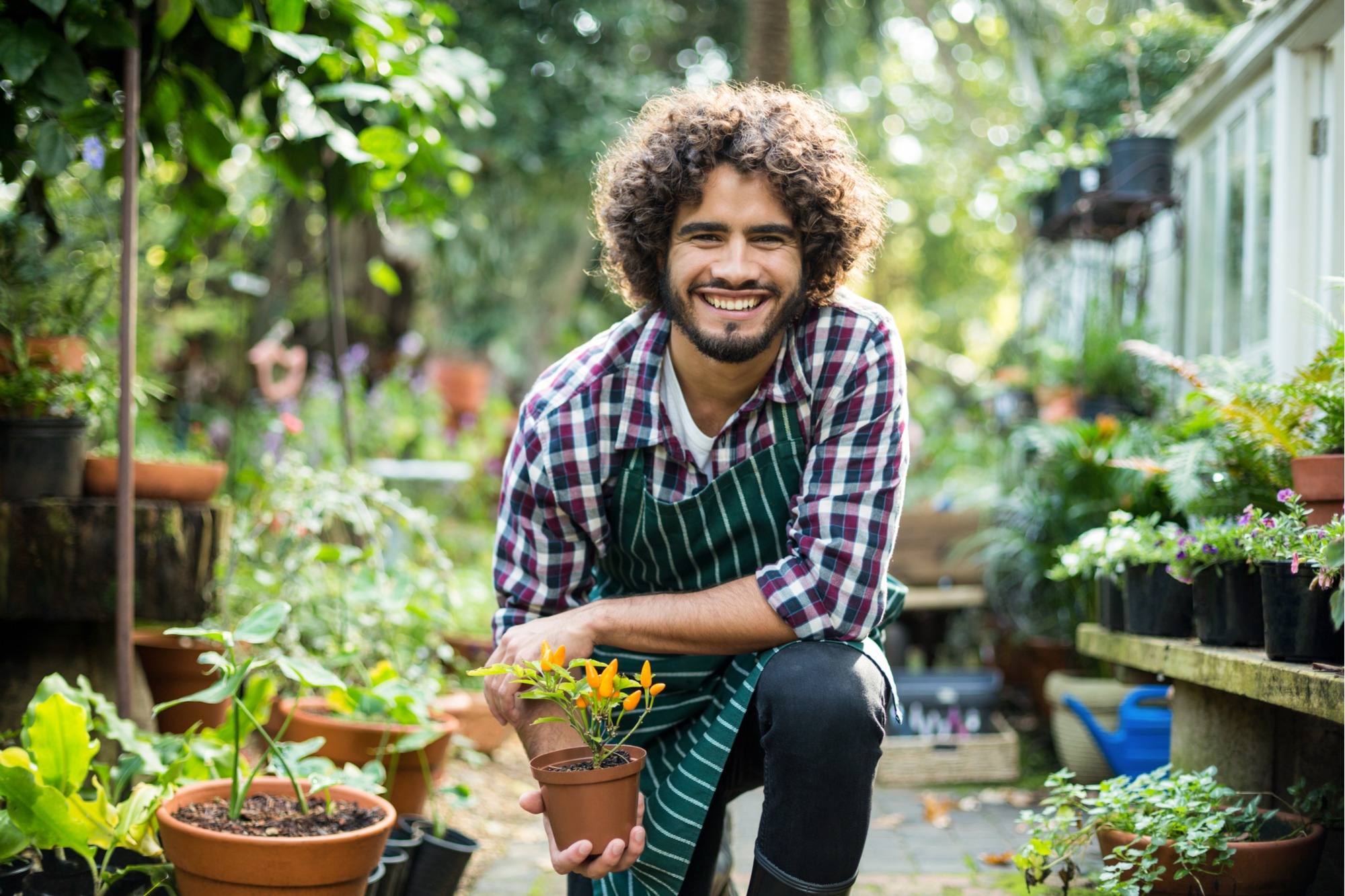
10. Choose low-maintenance landscaping options.
Make your landscaping as low maintenance as possible to reduce the time and effort required to care for your yard. Install a drip system or automatic sprinkler system to avoid watering, plant evergreens and perennials to reduce annual yard work, and use weed-inhibiting ground covers to reduce the time you spend weeding. You may also consider simplifying your gardening by growing fewer types of flowers or food plants or by growing varieties that require less care. For an ultra-low-maintenance ground cover that is lush and inviting but requires very little time or care, you may want to consider artificial grass. This option allows you to have a beautiful lawn that looks and functions like real grass without the hours spent mowing, weeding, edging and watering your lawn every week.
11. Elevate and ice your knees.
Many people experience less pain and stiffness if they elevate and ice one or both knees after gardening and other strenuous activities. Ask your doctor is applying cold therapy may help you avoid knee pain while gardening.
12. Ask your doctor about supplements.
Talk to your doctor, chiropractor or other healthcare provider about supplements that support knee health and may help you avoid knee pain. Some people experience a greater level of comfort shortly after starting to take supplements for knee pain.